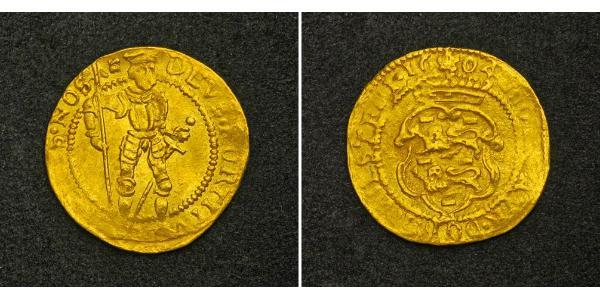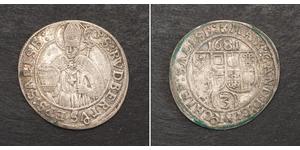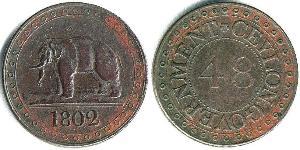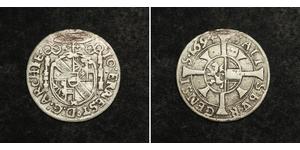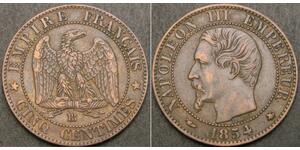(sold for $372.0)
1604 Netherlands, West Friesland. Scarce Dutch Gold Knight Ducat Coin. R!
Mint Date: 1604
Denomination: Gold Knight Ducat
Region: West Friesland (Netherlands)
State: Republic of the Seven Provinces
Reference: Friedberg 291, Delmonte 833, KM-8. R!
Condition: A crude and soft strike with marginal weakness, otherwise VF+
Material: Pure Gold!
Diameter: 21mm
Weight: 3.46gm
Obverse: Crowned and armored Knight with halberd in right hand and sword in left.
Legend: DEVS FORTITVD O ET SPES NOS
Translated: "God is our Strenght and Hope!"
Reverse: Crowned arms of West Friesland (as part of the Dutch Republic of the United Provinces).
Legend: MO . NO : AVR . DOMI . WEST FRI . 16 * 04
Translated: "Official Gold Coin of West Friesland, 1604"
West Friesland (also West Frisia; Dutch: West-Friesland) is a contemporary region in the northwestern Netherlands, in the province of North Holland.
The Republic of the Seven United Netherlands (or "of the Seven United Provinces") (Republiek der Zeven Verenigde Nederlanden/Provinciën; also Dutch Republic or United Provinces in short, Foederatae Belgii Provinciae or Belgica Foederata in Latin) was a European republic between 1581 and 1795, in about the same location as the modern Kingdom of the Netherlands, which is the successor state.
Before 1581, the area of the Low Countries consisted of a number of duchies, counties, and independent bishoprics, some but not all of them part of the Holy Roman Empire. Today that area is divided between the Netherlands, Belgium, Luxembourg and parts of France and Germany. The Low Countries in the 16th century roughly corresponded to the Seventeen Provinces covered by the Pragmatic Sanction of 1549 of Holy Roman Emperor Charles V.
Through marriage, war or sale, these states were acquired by the Habsburg emperor Charles V and his son, king Philip II of Spain. In 1568, the Netherlands, led by William I of Orange, revolted against Philip II because of high taxes, persecution of Protestants by the government, and Philip's efforts to modernize and centralize the devolved medieval government structures of the provinces. This was the start of the Eighty Years' War.
In 1579, a number of the northern provinces of the Netherlands signed the Union of Utrecht, in which they promised to support each other in their defence against the Spanish army. This was followed in 1581 by the Act of Abjuration, the declaration of independence in which the provinces officially deposed Philip II.

|
Posted by:
anonymous 2014-01-29 |

